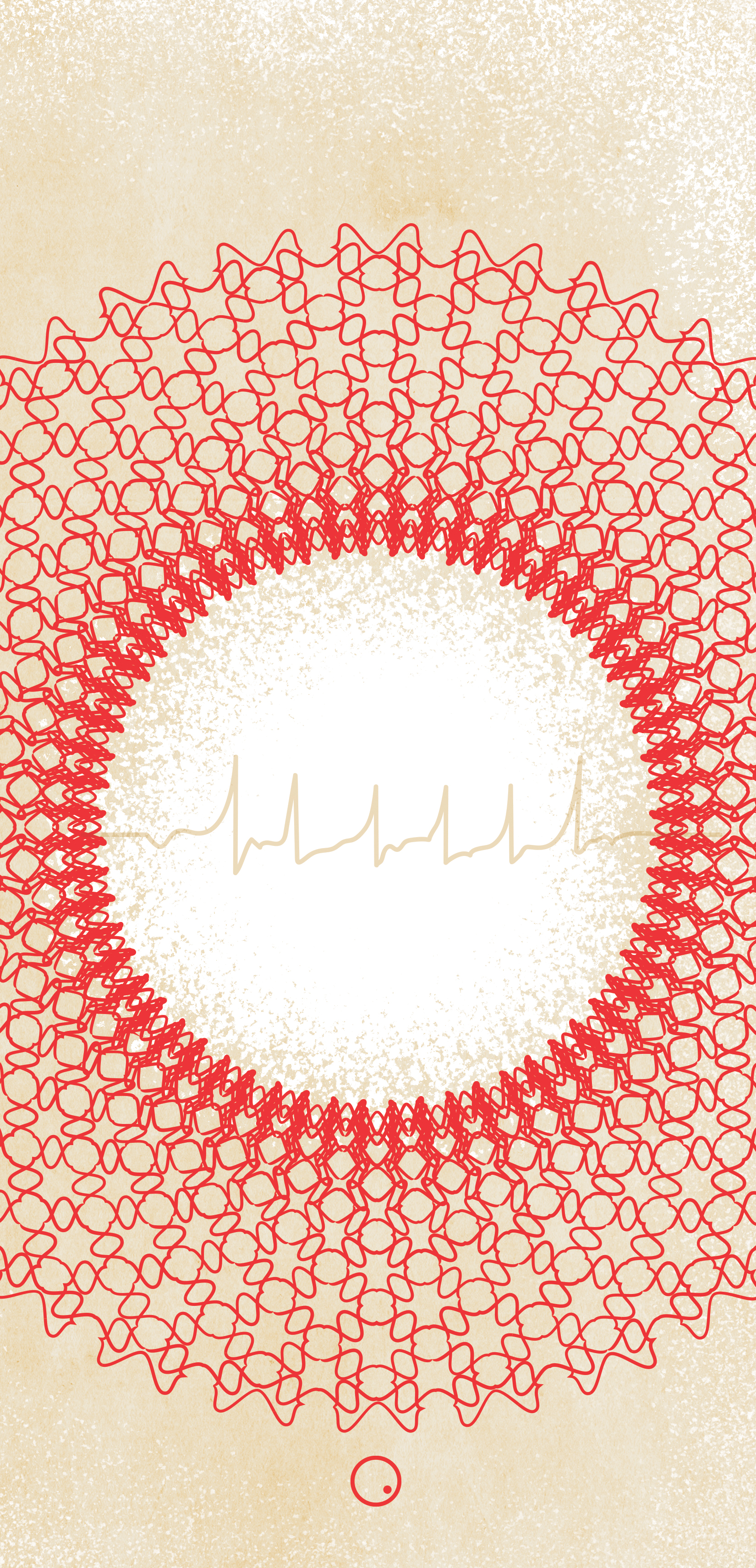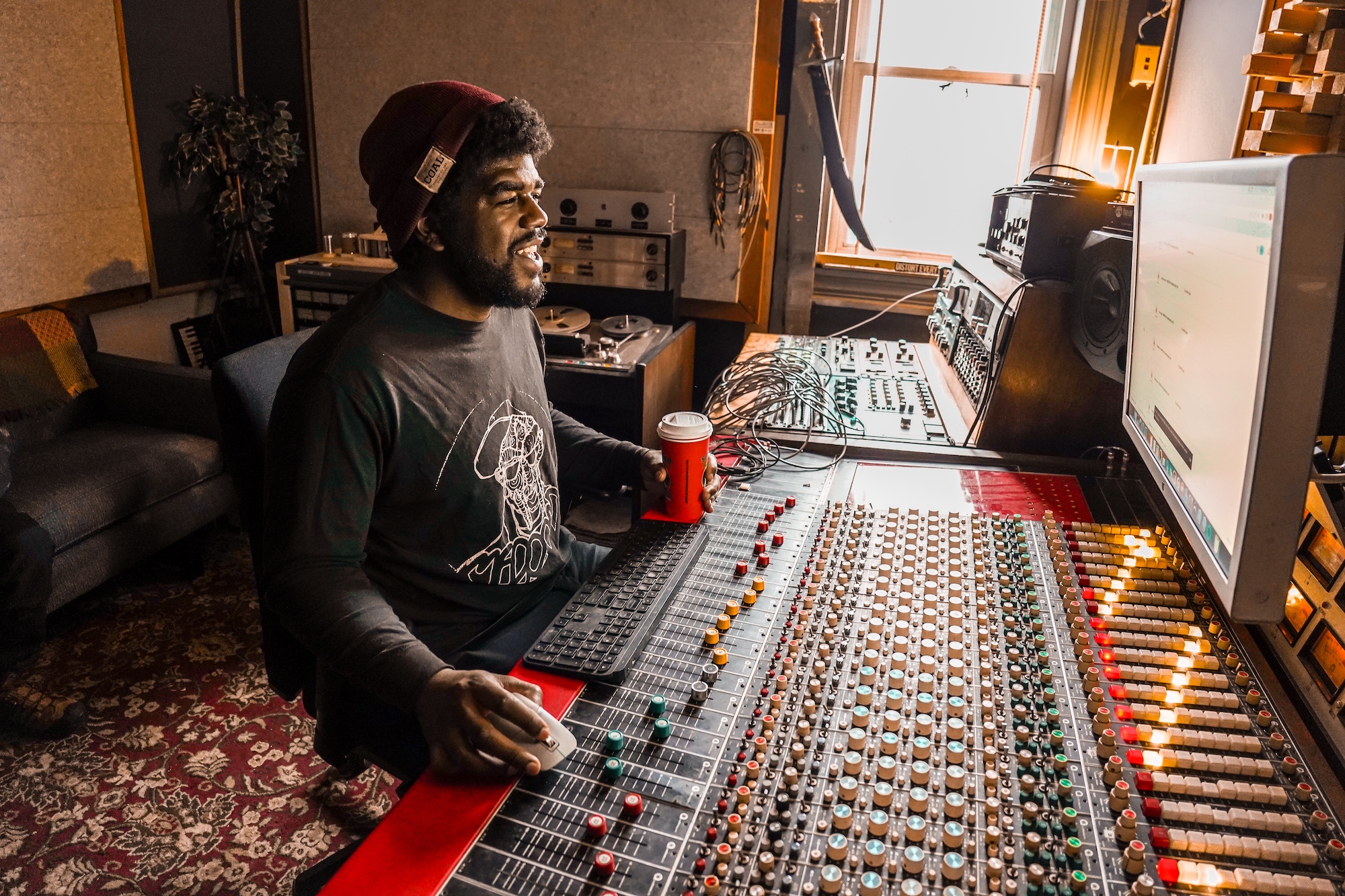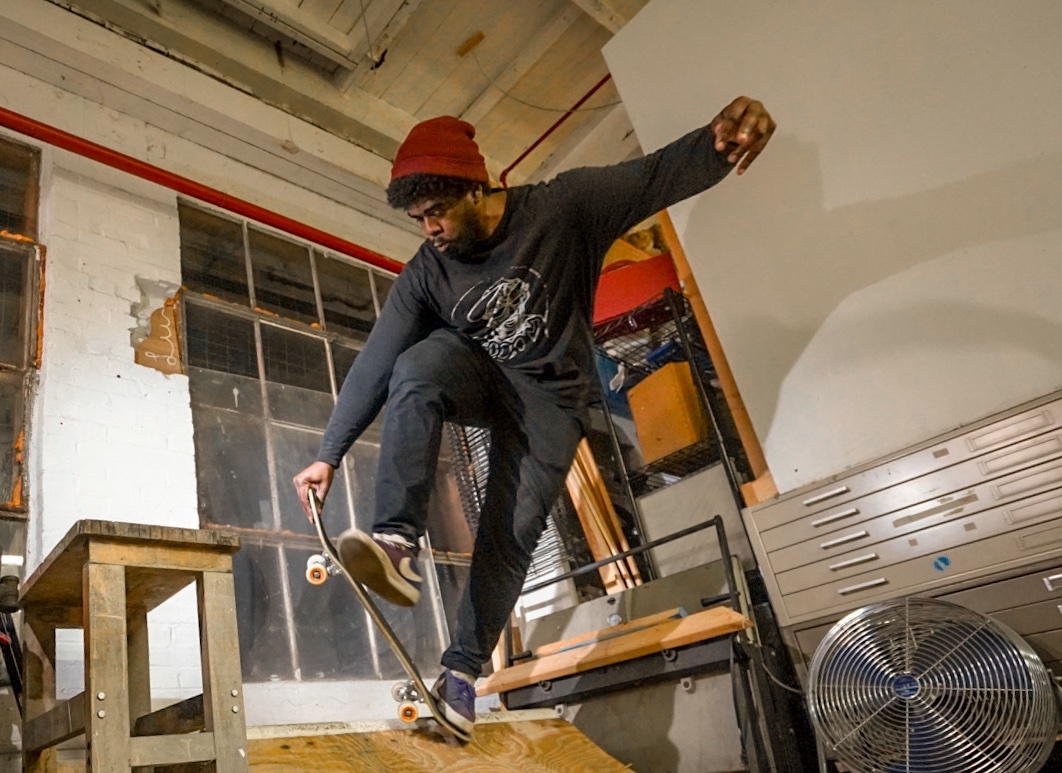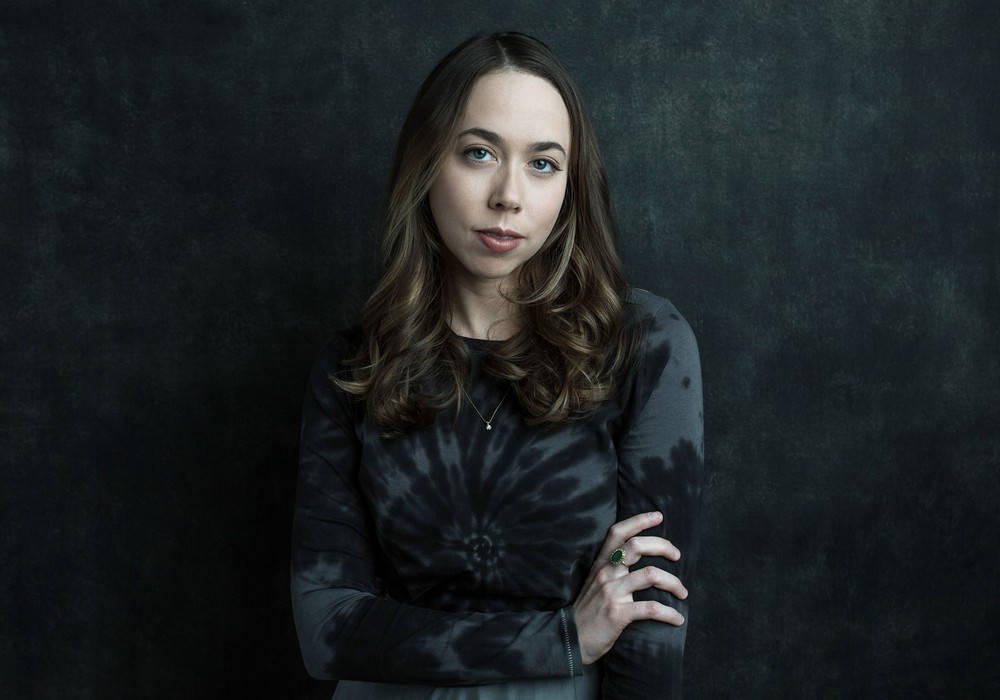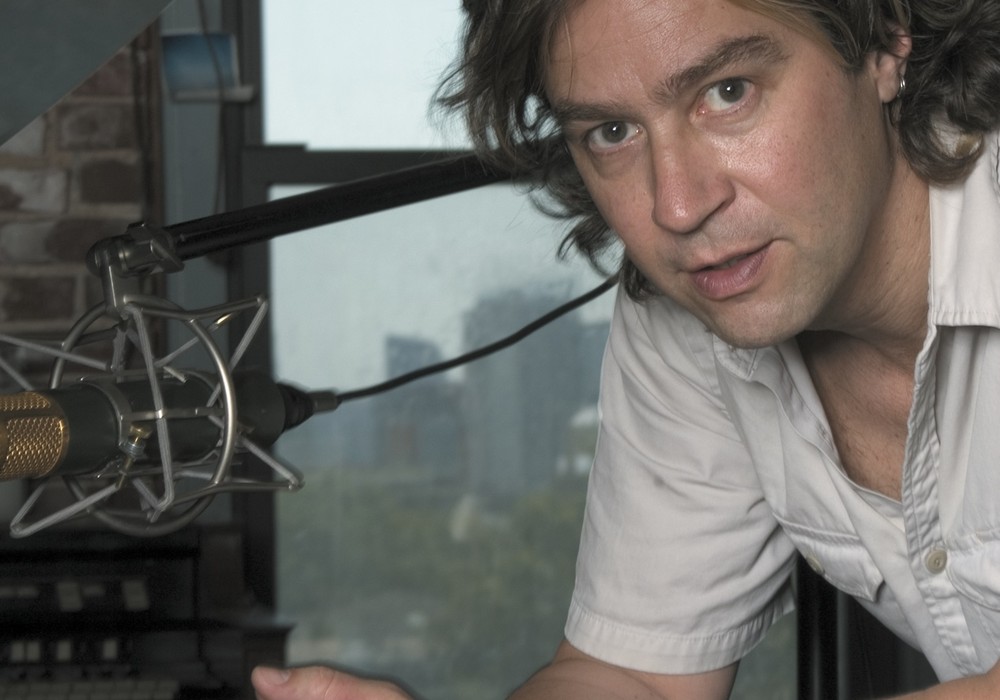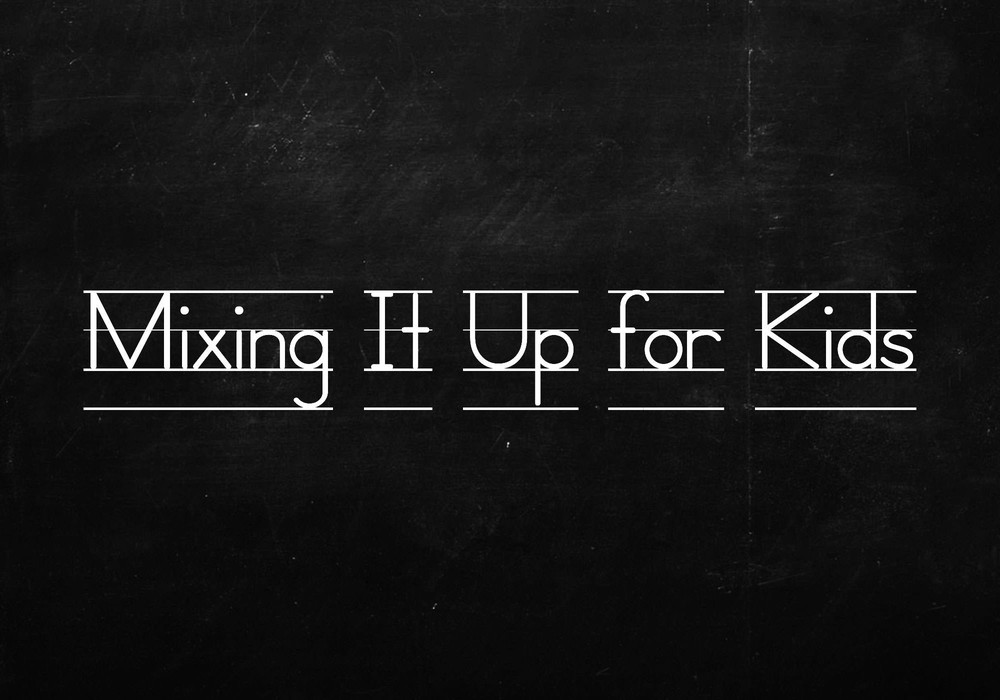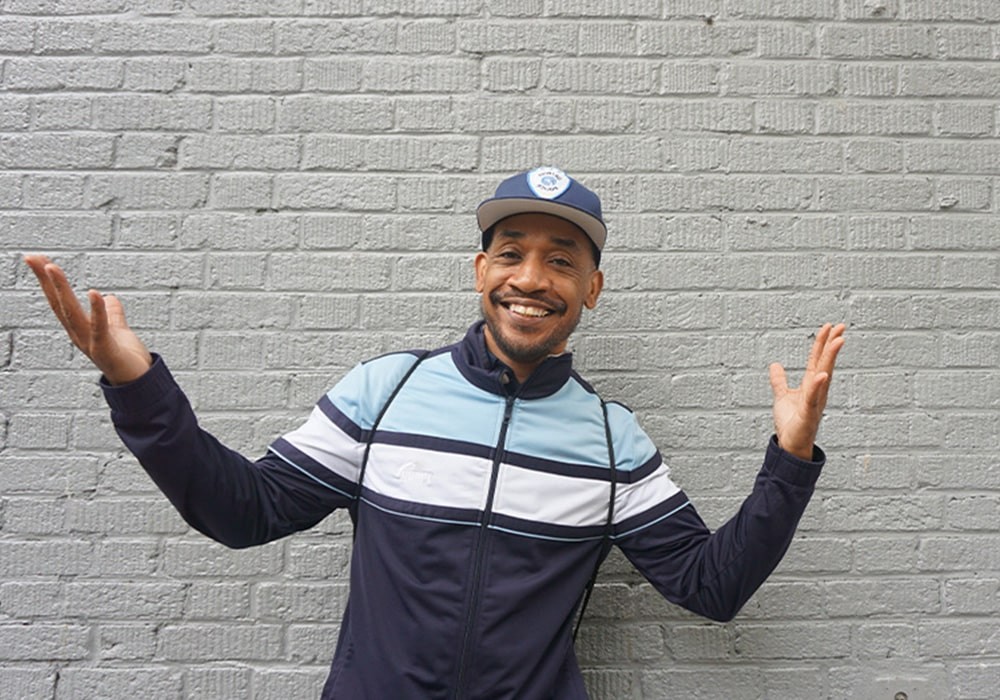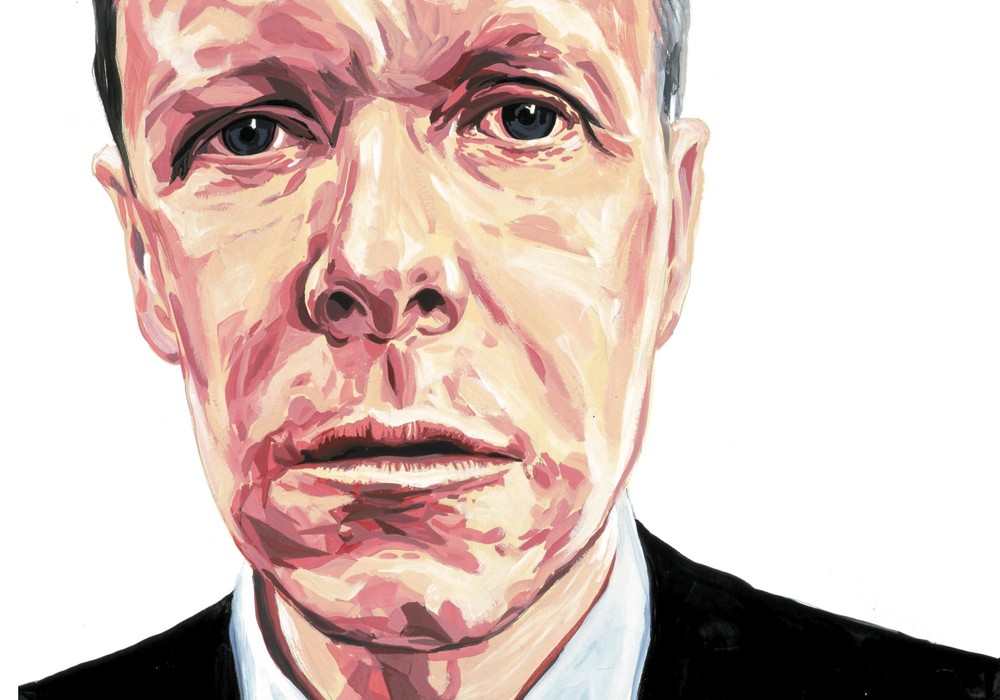A little over a decade ago, the A Band Called Death documentary brought cheers and tears to music fans worldwide, telling the fantastic tale of proto-punk band Death’s rediscovery. Having been fortunate to attend the swanky premiere party on Sunset Strip, I first met the children of Death frontman Bobby Hackney Sr.: Urian (“I was young as hell!”), and his brothers Bobby and Julian. Years later, their band, Rough Francis, has landed with Drag City Records, and Death is once again reborn as a family affair. At the center of it all is The Box, the Burlington, Vermont, studio that Urian built himself, with a little help from his family, local audio guru Dale Epperson [Tape Op #33], and beloved mentor Kurt Ballou [#76]. Sit tight, grab a Nintendo 64 controller, and step into The Box!
What were your early experiences with recording gear and learning music?
My dad had gotten a Peavey 12 channel mixer, a 1/4-inch tape machine, and a few mics in Detroit in the early ‘70s. He and my uncles [Dannis and David Hackney] would record Death demos with that, but I’ve only seen pictures of it. By the time I was born, dad had a Tascam DM-3200 with the nice MU-1000 VU meter that he still has in his studio in Jericho, Vermont, today. This was when he was more of a reggae star, and Mikey Dread came through to work on music. Dad had also visited Studio One in Jamaica, which inspired how he built his room. Egg cartons and carpet on the wall. The room is so dead sounding that when Death is practicing it’s super loud!
I imagine The Box has more of a big room sound?
I built the studio out all by myself, and the live room is pretty close to the “golden ratio.” I had been experimenting with the phase of two Earthworks TC30 mics on either side of the room that are exactly the same distance from the bass drum. I put a small piece of foam between them and the wall so they wouldn’t function as PZM mics. Just messing around with getting big room sounds and extending the sound of the room. That led to my “Stay Inside” Nirvana ["Stay Away"] cover, which became a viral YouTube hit. By the way, those “fake '60s tracks” that you and Tim Boland made for the Death documentary were so great; I love The Who one! I learned a lot about recording by imitating and mimicking things I liked.
Thanks! It’s tough to emulate Keith Moon in BFD drums. The Box was previously the Rough Francis rehearsal room?
Even before that, it was a CD duplication plant run by the former Rough Francis bassist. He had a Digidesign 002 with Pro Tools LE 7. We started practicing here, and then we just infiltrated. [laughs] Pro Tools LE 7 is still the most reliable version of the software I’ve ever used. I sometimes had to slam the Digi 002 on the table to get it to work, but that’s where I started learning how to make dubs on a digital console.
That’s like the anti-dub mixing board. Walk us through your studio space here at The Box. There’s a level below the control room?
Downstairs. We have an art studio, ping pong table, and it’s a great drum room. I can fish a line from upstairs to mic it up. I have a workstation down here where I do all of my soldering, and there’s the skate ramp. [a small quarter pipe up against window]
How do you keep from crashing through the glass?
[laughs] We usually put something behind it, but we’re pretty safe.
You have quite a number of drum kits. Did any of them belong to Dannis [Death's drummer]?
No, Dannis still has all of his kits, except I wish he hadn’t sold his Simmons SDX! The studio is filled with Ludwig Vistalites in various sizes. I guess I like plastic drums? My copper kit, made by Jeremy Berman from Q Drum Co., is very special to me. It’s the best sounding kit I’ve ever played, and I’ll never take it out of the studio. He passed away recently, and he was one of the nicest guys ever. We really connected over drums and dub music. He used a technique to burn my initials into the copper with acid.
Was your experience with Kurt Ballou at his GodCity Studio helpful in the buildout of The Box?
Oh, 100%. My brother Bobby’s band recorded with Kurt back in the late '90s, and then in 2012 my band opened for [Kurt's band] Converge. Kurt reached out to me after hearing a single I put out as “The Box,” which was funk music I was hoping DJs would chop up. He DM'd me to ask if I’d be interested to come record with a famous rapper at GodCity, and I was like, "What the fuck?" [laughter] As soon as we started the session, I realized, "Wait, this space is only slightly bigger than mine." So, that sparked my interest in recording, and Kurt had a direct hand in me becoming an engineer. He showed me The Master Handbook of Acoustics by F. Alton Everest; that helped me tune my room properly, as well as maximize tonality. I was doing slate roofing at the time, and my boss taught me a lot about general carpentry. For $50 I built a few windows and a wall with parts from the recycling center across the street, and shortly after that, about 550 square feet of oak flooring showed up for $250. My studio is just slightly under that, so it ended up being the perfect amount. Every piece of gear here has a story like that, and I’m lucky the universe keeps offering opportunities to even do this.
The universe directed a couple of nice tape machines your way as well. Are they getting used?
My friend, Oliver Gebhardt, has another studio in town that was being re-commissioned by Dale Epperson of Old School Audio. I was doing voiceover work for Ollie’s studio, and he sold me an Otari MTR-90 with low hours. This one has the beyerdynamic transformers in it, so when I’m running Pro Tools sessions I’ll throw a tape on and patch through it. Death only records on tape. They are still in that mindset of “put your nose to the grindstone and try and catch that fire.” Now that we’re in the band together, after the second take they’ll be like, “Okay, that’s it!” My dad is comfortable with those moments where something’s not perfect, but it sounds like a human is playing it. I’ve used tape with some other local bands, Rough Francis, and a free jazz project, but I'm mostly rocking Pro Tools.
You have an Auditronics 501 mixing console, similar to the Spectra Sonics board used in Stax's Studio B.
Welton Jetton built them out of his garage with Spectra Sonics parts; they’re similar to early APIs, with each channel having a Jenson JT-110 input transformer. I went to NYC during the height of COVID to buy this from a guy who was lifting weights in his garage. It had a big ball of wires sticking out of the back, and I figured it was time to learn how to build a console. Back in the Stax recording days, they were using Pultec EQs, and these consoles emulate that sweet thing those EQs did, but in a more subtle way. I recapped all of the channels and rebuilt the oscillating circuit. I even made a bus card circuit board schematic with the EAGLE CAD program, with some help from Kurt. Now the bus buttons light up, just like Stax! I’ve also modified the board so that my effects returns are at line level, so my reverbs and delays are really aggressive. King Tubby’s board was set up the same way, so the delay ends up being as loud as the kick and snare.
This sounds like fairly complex electrical engineering. Are you searching online threads to learn all of this?
I was reading posts by Joel Hamilton [Tape Op #85] about Auditronics boards way back in the mid-2000s. He’s been a huge help, and I’ve done a lot of his mods on this board. Beyond that, I’ve learned so much talking to Dale [Epperson]. He worked for Les Paul, and he knows the black art of electrical engineering. He walked me through the nerdy stuff like building circuits, maintenance, and what components do. I have a series of his unreleased EQs called the OSA TEQ, which is essentially an API 560 three-band EQ. Being a drummer, I focus on drum compressors. I have two [Empirical Labs] Distressors, an SSL bus compressor, a dbx 160, and an ADR Compex F760X [as heard on Led Zeppelin’s “When the Levee Breaks”]. I also have a couple of wood paneled 1176s with the original Urei components that I built myself with Dale’s faceplates and parts. A big learning curve there. [laughs]
I love that your dad’s reaction to your dub music was similar to you and your brothers initially discovering Death.
The whole dub thing started from testing gear and learning how to use patchbays. I started on a Ramsa WR-T820 console, the same model Jack Endino [Tape Op #13] used on his classic recordings, and it felt easy to have everything laid out on its own channel – preamps, EQs. Patching in pedals and using sends and returns turned into making dubs. The punk music I loved the most, Minor Threat, Bad Brains, and the Buzzcocks, all had dub influences, or at least held it in high regard. I would experiment with mic positioning or deaden the drums to emulate a King Tubby record. Perhaps most important is my Roland RE-201 Space Echo, the key to the Lee “Scratch” Perry [Tape Op #136] sound. If you skateboard, you’ve got to ride Independent trucks, and if you make dub, you have to have a Space Echo. I’ve recorded an upcoming EP [Night of the Living Dread] under my name, and my first gig happened to be opening for Ziggy Marley.
Skateboarding is a big part of your life. Do you worry about injuries? Is there a connection between skating and recording for you?
I do think about getting hurt, but skateboarding is so influential to me. It connects with recording in thinking of moving in a continuous line. Capturing a moment in the studio, or doing a trick – both are similar, in that they’ll never be exactly the same way twice. It also fuels how I play the drums. I'm playing the same song over and over, but it changes based on how I'm feeling.
Your drumming with The Armed is very complex at times, with a lot of blast beats.
I joined that band when Kurt was here in Burlington recording Urgent Care with Rough Francis. Tony Wolski – The Armed’s singer who also drums – programmed these really difficult parts and I took it as a challenge, similar to learning a skate trick. Tony and I met to record [The Armed’s] Ultrapop at GodCity, and it was a dramatic dance to figure out the parts because they are so insane. For the latest album, Perfect Saviours, Zach Weeks came to the studio to engineer the gnarliest tracks, and I finished engineering the rest myself. Live, I’m playing to a click, so I have to fight the urge to play off the energy of the crowd. It’s like I’m doing a precise live recording or playing a game of GoldenEye 007 here at the studio on the vintage Nintendo 64. By the way, anyone who can beat my art studio mate, Clark Derbes, in GoldenEye gets $50 off their session!
I can’t believe you play the same video game that my studio mates and I did working in commercial music in the late ‘90s. You’ve done a bit of corporate work yourself?
The more corporate work I do, the more I’m able to help bands out, which is my whole goal. I’m thankful for it when it comes, and it allows me to keep my rates reasonable for bands. I’ve done a lot of local work, like Ben & Jerry’s, Cabot Creamery, and Tony’s Chocolonely. [Peak VT status unlocked.] Only very recently, after ten years of this, have I felt like a real engineer, and it feels like I’m just starting. There aren’t too many people here that share my background as a loser skateboarder punk kid. There aren’t many spaces here that cater to punk and louder heavy music, and I love supporting folks who are part of this community. SoundToys is great, and they’re about a 2-minute walk from the studio. My girlfriend might not agree, but I like to keep a level of messiness in the studio so it doesn’t feel like a museum. [laughter]
What does the future hold for you?
There’s some touring with The Armed coming up, and Rough Francis and Death are both working on new records. I’m working on those on my own, homegrown. I feel confident in what I’m doing now so the band(s) can comfortably come in and crank stuff out without worrying about how it sounds. We spent so long working that out in the space. More people are hitting me up to record, which is great. It’s been mostly word of mouth, which is cool. People want to work with me because they like what they’ve heard. Also, I’m Iggy Pop’s drummer and I will be playing more shows with him coming up. He loves The Armed, and when he found out who my dad was he said, “Oh, he’s related to those legends?” That’s wild, Iggy calling Death legends!
A postscript from Sam:
Chatting via phone a few weeks later, Urian and I are both in the kitchen making dinner for our families. He’s giddy with excitement over an original 1973 API 2488 master bus that Dale has supplied him for the Auditronics, previously in the Doobie Brothers console. “Mark I Doobies, or Mark II Doobies?” I ask. “Mark II, dude… I LOVE Michael McDonald.” By the time you read this, he’s figured out how to install the new bus, added wings to the console, and everything's moving fast in a straight line. 
